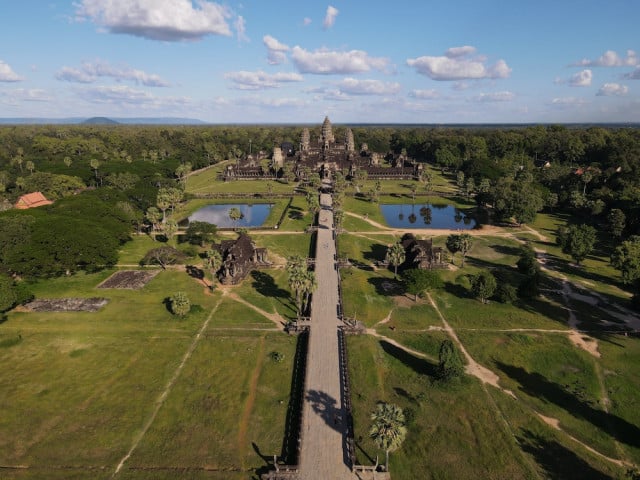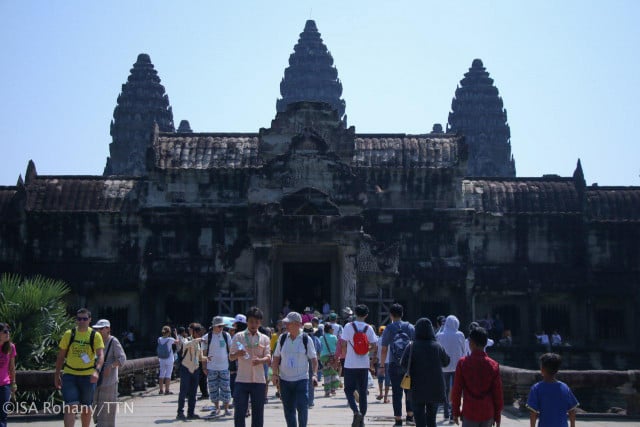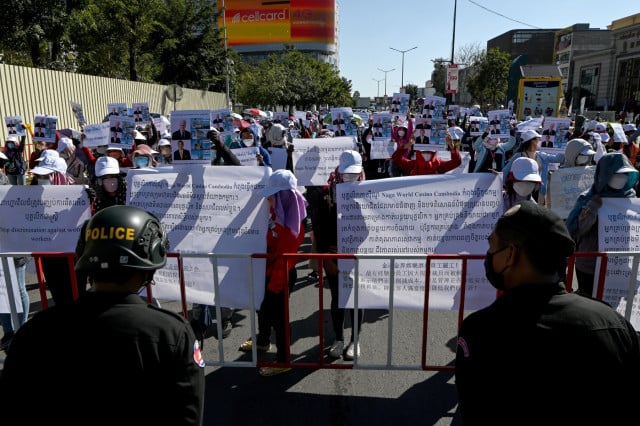Everyone Tells Everything to Angkor

- By Ky Chamna
- October 23, 2021 6:35 PM
Most of the time, divinities attract ordinary mortals.
The unexplainable, the spiritual and the religious. The natural, the cultural and the unique.
Sacred and divine, the Land of Angkor has seen and heard centuries of humans’ conversations, humans’ offerings, and humans’ complaints. The helper, the listener and the punisher. The land of Angkor plays each of these roles wisely.
For more than a millennium, Angkor has been the land that people trust. The land that people believe in. The land where people think there is much more than what they can see.
Love, hatred, worries, confusion, greed and more: The land of Angkor has seen and endured it all.
When peace time occurs, young romantic couples make promises of love and devotion at the temples. A sacred witness on which numerous couples have relied for many years.
In times of hatred and injustice, conflicted actors bring offerings to the sacred chambers of the temples and seek assistance as well as supervision from higher beings.
As feelings of confusion and worriedness take their toll, the temples become people’s emotional supporters. Life’s uncertainties and blurry future this may cause can be beyond the control of average human beings. The COVID-19 pandemic has seen government officials pray at the temples, asking to bring back normalcy in their daily lives.
Furthermore, farmers and other villagers from across the nation often try to contact gods and goddesses, asking for beneficial conditions and weather so they can have prosperity through their work.
Whether they come with smiles or tears, the Land of Angkor is and has always been an important and trusted actor in many people’s lives, regardless of their backgrounds.
But there is more to Angkor than a one-way communication of people telling their stories. Those temples, which have been standing for so many eras, also have a great many stories and facts to share with people.















